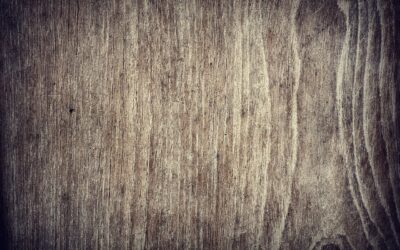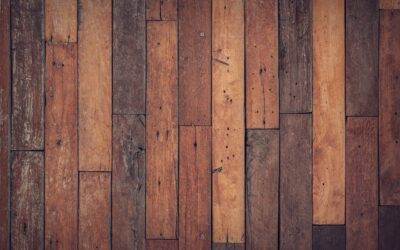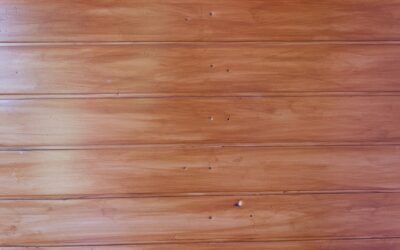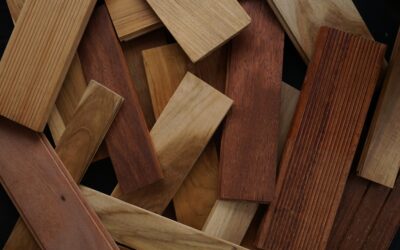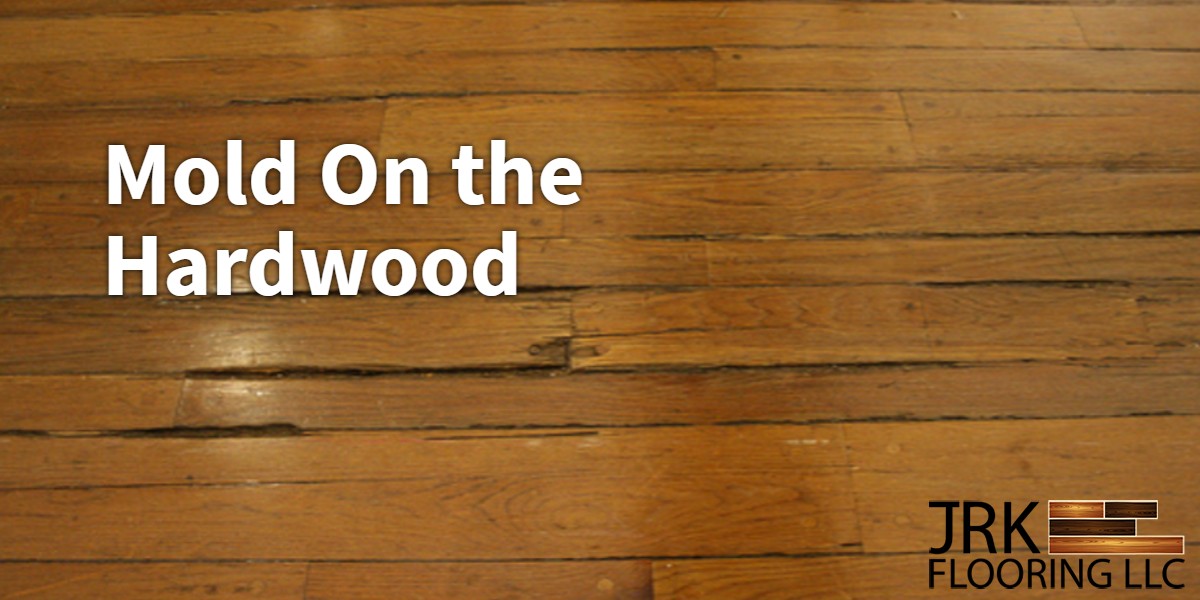Welcome to JRK Flooring’s detailed guide on DIY hardwood floor refinishing. If you’re in Kansas City and considering giving your hardwood floors a new lease on life, this guide will walk you through every step of the process.
How to Refinish Hardwood Floors
Refinishing hardwood floors is a great way to rejuvenate your home’s interior. The process involves sanding down the existing floors to remove the old finish, smoothing out the surface, and then applying new stain and finish. It’s a cost-effective alternative to floor replacement, offering a fresh look to your existing hardwood.

What is the Process for Refinishing Hardwood Floors?
Refinishing hardwood floors involves several key steps: preparation of the area, sanding the wood down to its natural state, applying the stain, and finishing with a protective sealant. This process can significantly improve the aesthetic appeal of your floors and extend their lifespan.
What Materials are Required for Refinishing Hardwood Floors?
To refinish your hardwood floors, you will need several materials and tools:
1. Sanding Equipment: A drum sander for the main floor area and an edge sander for the corners and edges.
2. Sandpaper: Various grits for different stages of sanding.
3. Wood Filler: To fix any imperfections or gaps in the floor.
4. Stain: Based on your color preference for the floor.
5. Sealant: Polyurethane or another floor finish to protect the wood.
6. Safety Gear: Dust masks, ear protection, and safety goggles.
How Long Does it Take to Refinish Hardwood Floors?
The time it takes to refinish hardwood floors can vary. For an average-sized room, it could take 2-4 days. This timeframe includes sanding, staining, and applying multiple layers of finish, with adequate drying time between each step.
What are the Steps for DIY Hardwood Floor Refinishing?
1. Room Preparation: Remove furniture, rugs, and any fixtures. Ensure the room is clean and dust-free.
2. Sanding: Start with coarse-grit sandpaper and gradually move to finer grits. Sand evenly to remove the old finish and smooth the wood.
3. Cleaning: Thoroughly clean the floor to remove all dust and debris post-sanding.
4. Staining: Apply your chosen stain evenly across the floor. Allow it to dry as per the manufacturer’s instructions.
5. Sealing: Apply a polyurethane coat to seal the stain and protect the wood. This might require multiple coats with adequate drying time.
Is it Cheaper to Refinish or Replace Hardwood Floors?
In most cases, refinishing is more cost-effective than replacing hardwood floors. Refinishing can restore the beauty of your floors without the higher costs and longer time frames associated with a complete floor replacement. The cost-effectiveness also depends on the condition of your floors; severely damaged floors might lean more towards replacement.
Hardwood Floor Refinishing Cost
How Much Does it Cost to Refinish Hardwood Floors?
The cost of refinishing hardwood floors can vary widely based on several factors. In Kansas City, you might expect to spend anywhere from $3 to $8 per square foot for a professional refinishing job. However, if you’re considering the DIY route, these costs can be significantly reduced, primarily depending on the tools and materials you need to purchase or rent.
What Factors Affect the Cost of Refinishing Hardwood Floors?
Several factors influence the overall cost of refinishing hardwood floors:
1. Size of the Floor: Larger areas require more materials and time, increasing the cost.
2. Condition of the Floors: Floors with more damage or wear may require more extensive sanding or repair, which can add to the cost.
3. Type of Finish and Stain: High-quality finishes and stains might be pricier, but they offer better durability and aesthetics.
4. Geographic Location: Costs can vary depending on your local market and availability of materials.
5. DIY vs. Professional: Hiring professionals is pricier than doing it yourself, but it comes with the assurance of quality and efficiency.
Are There Cost-Effective Ways to Refinish Hardwood Floors?
Yes, there are several ways to keep costs down:
1. Renting Equipment: Instead of buying, rent sanders and other large equipment.
2. Bulk Purchase: Buy stains and finishes in bulk if you have a large area to cover.
3. Sourcing Materials: Search for deals or sales on refinishing materials.
4. Doing It Yourself: Labor costs form a significant part of professional refinishing jobs, so doing the work yourself can save a considerable amount.
What are the Alternatives to Professional Hardwood Floor Refinishing?
For those not ready to commit to full refinishing, alternatives include:
1. Screening and Recoating: This involves lightly sanding (screening) the floor and applying a new topcoat for a fresh look.
2. Using Renewal Kits: There are various hardwood floor renewal kits available that can help refresh the floor without extensive sanding.
Can I Save Money by DIY Refinishing My Hardwood Floors?
Absolutely. DIY refinishing can be much more economical than hiring professionals. However, it’s important to weigh the time, effort, and learning curve involved in such a project. While you save on labor costs, ensure you’re prepared for the task in terms of skills and time commitment.
Sanding and Staining Hardwood Floors
What Equipment is Required for Sanding Hardwood Floors?
For a successful sanding process, you’ll need:
1. Drum Sander: Ideal for sanding large areas of the floor.
2. Edge Sander: Specifically designed to reach the edges and corners.
3. Hand Sander: Useful for touch-ups and hard-to-reach spots.
4. Sandpaper: A range of grits, typically starting from coarse (around 36-grit) to fine (up to 120-grit).
Drum sanders can be expensive, and if this is for a one-time project, it may be worth renting instead of buying. The video below by Home Depot will provide additional information.

How to Properly Sand Hardwood Floors Without Damaging Them?
To sand your floors effectively without causing damage:
1. Start with Coarser Grits: Begin with a coarse-grit sandpaper and gradually work up to finer grits. This helps remove the old finish efficiently without damaging the wood.
2. Even Sanding: Move the sander evenly across the floor to avoid uneven spots or gouges.
3. Edge Sanding: Use an edge sander for the perimeter of the room and corners where the drum sander can’t reach.
4. Dust Removal: Regularly clean the dust to check your progress and ensure an even sanding.
What are the Best Wood Stain Options for Hardwood Floor Refinishing?
Choosing the right stain is crucial for the desired outcome:
1. Oil-Based Stains: Offer a rich color and are durable, but have a longer drying time.
2. Water-Based Stains: Dry faster and are eco-friendlier, but may require more coats for a deeper color.
3. Gel Stains: Good for uneven or soft woods as they provide a uniform color.
How to Achieve a Smooth Finish After Staining the Hardwood Floors?
For a smooth finish:
1. Apply Stain Evenly: Use a brush or rag to apply the stain evenly. Work in manageable sections.
2. Wipe Off Excess Stain: After applying, wipe off any excess stain to avoid blotches or uneven coloring.
3. Multiple Coats: Depending on the desired color intensity, you may need more than one coat. Allow adequate drying time between coats.
What are the Common Mistakes to Avoid During the Staining Process?
Avoid these common pitfalls:
1. Skipping Sanding Stages: Not progressing through different sandpaper grits can leave the floor uneven.
2. Inadequate Cleaning: Not thoroughly cleaning the floor before staining can lead to a patchy finish.
3. Rushing the Process: Not allowing enough drying time between coats can ruin the finish.
4. Uneven Application: Applying stain unevenly can lead to blotches and streaks.
DIY Hardwood Floor Refinishing Tips
What are the Essential Steps for DIY Hardwood Floor Refinishing?
1. Assessment: Inspect the floors for any major damages that might need professional attention.
2. Preparation: Clear the room, remove any nails or staples from the floor, and ensure the area is dust-free.
3. Sanding: Carefully sand the floor, starting with a coarse grit and gradually moving to finer grits.
4. Stain Application: Apply the chosen stain evenly and allow it to dry thoroughly.
5. Finishing: Apply a finish, such as polyurethane, for protection and shine.
How to Tackle Edges and Corners When Refinishing Hardwood Floors?
Edges and corners can be challenging due to their accessibility. Here’s how to handle them:
1. Use an Edge Sander: A specialized edge sander is more effective for these areas than a regular drum sander.
2. Hand Sanding: In extremely tight corners or edges, hand sanding might be necessary.
3. Consistent Pressure: Apply consistent pressure to ensure an even sanding and avoid gouges.
What are the Recommended Safety Precautions for DIY Hardwood Floor Refinishing?
Safety is paramount during this process. Always:
1. Wear Protective Gear: This includes dust masks, safety goggles, and ear protection.
2. Ensure Ventilation: Keep the area well-ventilated, especially when applying stain and finish.
3. Handle Equipment with Care: Be cautious with sanders and other power tools to prevent accidents.
How to Apply the Finish Evenly on the Hardwood Floors?
Applying the finish evenly is crucial for a professional look:
1. Use the Right Tools: A high-quality brush or applicator is essential.
2. Apply in Thin Layers: Thin, even layers are better than thick, uneven ones.
3. Smooth Out Drips: Immediately smooth out any drips or lines for an even finish.
4. Allow Adequate Drying Time: Don’t rush the drying process between coats.
What are the Best Practices for Maintaining the Refinished Hardwood Floors?
Post-refinishing maintenance is key to longevity:
1. Regular Cleaning: Sweep or vacuum regularly to prevent scratches from dirt and grit.
2. Avoid Excess Water and Harsh Cleaners: Use damp mops and mild cleaners designed for hardwood floors.
3. Use Protective Pads: Place felt pads under furniture legs to avoid scratches.
4. Refinish as Needed: Depending on wear and tear, floors may need to be refinished every 7–10 years.
Refinishing Engineered Hardwood Floors

Can Engineered Hardwood Floors be Refinished?
Yes, engineered hardwood floors can be refinished, but it depends on the thickness of the veneer layer. Floors with a thicker veneer can withstand sanding and refinishing, offering a renewed appearance.
What are the Differences Between Refinishing Solid Hardwood and Engineered Hardwood Floors?
The primary difference lies in the sanding process. Engineered hardwood has a thin veneer of real wood on top of a plywood base. This means you have less material to work with when sanding, as opposed to solid hardwood, which is the same material throughout its thickness.
Are There Specific Considerations for Refinishing Engineered Hardwood Floors?
Yes, there are specific considerations:
1. Veneer Thickness: Only floors with a thick enough veneer can be sanded and refinished.
2. Sanding Technique: Use a lighter touch and finer grit sandpaper to avoid damaging the thin veneer.
3. Number of Refinishes: Engineered floors can only be refinished a limited number of times, depending on the veneer thickness.
What are the Options for Refinishing Damaged Areas on Engineered Hardwood Floors?
For minor damages, spot repairs can be effective. This involves sanding and refinishing only the damaged area. For more extensive damage, board replacement might be necessary.
How to Maintain the Integrity of the Engineered Hardwood Floor While Refinishing?
To maintain the integrity:
- Gentle Sanding: Avoid aggressive sanding to preserve the veneer.
- Test Stain First: Always test the stain and finish on a small, inconspicuous area.
- Professional Assessment: If unsure, consult a professional to assess whether your floor can be safely refinished.
Conclusion: Achieving a Professional Look with DIY Refinishing
Refinishing your hardwood floors, whether solid or engineered, can be a rewarding DIY project. This guide, presented by JRK Flooring, aims to empower you with the knowledge and confidence to take on this task, offering a fresh and revitalized look to your home’s interior. With the right approach, tools, and techniques, you can achieve results that enhance the beauty of your floors and extend their lifespan, all while potentially saving significant costs compared to professional refinishing.
Remember, the key to a successful refinishing project lies in careful preparation, meticulous execution, and adherence to safety practices. From sanding to staining and sealing, each step is crucial in ensuring the best possible finish. And when it comes to maintaining your newly refinished floors, regular care and gentle cleaning will keep them looking beautiful for years to come.
For those in Kansas City looking to refinish hardwood floors, whether they are solid or engineered, remember that JRK Flooring is always here to offer expert advice and professional flooring services. Our commitment is to help you achieve the best results for your flooring projects. We hope this guide serves as a valuable resource for your DIY journey, and we look forward to being a part of your home improvement success. Happy refinishing!



